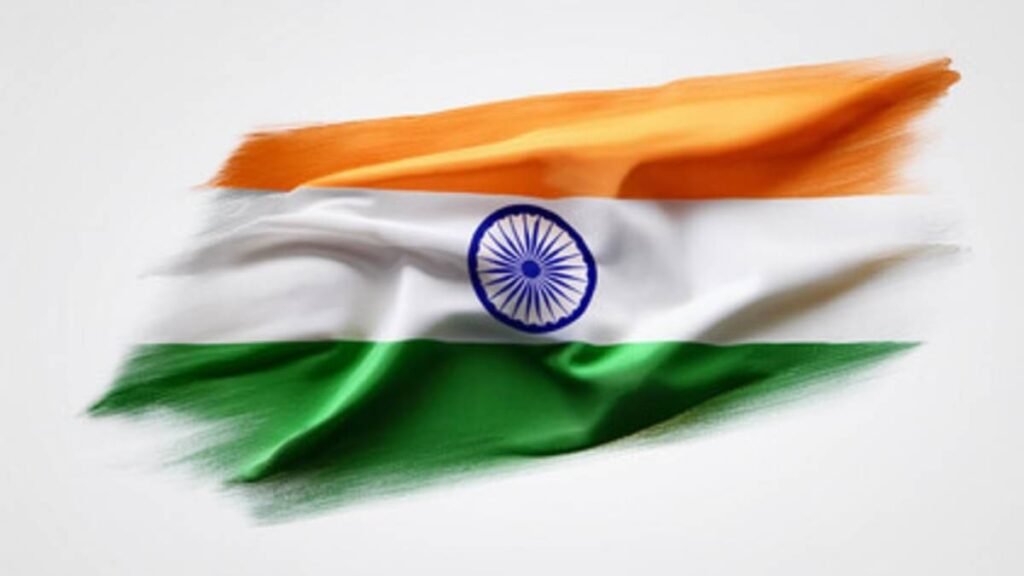
Independence Day 2025: India’s Technology in 1947 vs 2025 – From Telegrams to Artificial Intelligence | Image:
Google
When India woke up to freedom on 15 August 1947, the country had ambitions as wide as the sky but technology was no less than a luxury. Messages were shared by telegram, a series of dots and dashes tapping across wires, taking hours or even days to reach their destination. Telephones were reserved for government offices and some wealthy households. Radios such as the Murphy and Philips played the voices of All India Radio through a distant crackle. In crowded offices, the clatter of the heavy Remington typewriter sounded as clerks typed out the first documents of a free India. Electricity powered only select pockets of cities, while steam engines pushed trains along the length of a still-recovering country.
1960-1970: Era of Doordarshan
By the 1960s and 70s, a new wave had begun. In 1959, Doordarshan flickered to life, bringing black-and-white broadcasts to living rooms. In 1969, the Indian Space Research Organisation (ISRO) was born, a bold step for a young nation daring to dream of the stars. Computers – massive mainframes like the ECIL TDC-316 – appeared in research labs, humming away behind locked doors. They were scarce, costly, and enigmatic to the majority of the citizens, but they were the initial steps towards a digital future.
1980-1990: Internet is Here
The 1980s converted that hum into a buzz. The INSAT satellites spread television and weather forecasting throughout the nation. Colour TV came in 1982, coinciding with the Delhi Asian Games, changing the way Indians viewed their heroes and the world. Personal computers such as the HCL BusyBee insidiously made their way into offices in the 1990s, and liberalisation in 1991 opened the doors for an explosion of the IT industry. India was online by 1995- VSNL’s dial-up ringtone marked the entry of the internet, a harbinger of sounds that would radically alter the country.
Early 2000: Android and Aadhaar
Freedom arrived in the palm of the hand in early 2000. Nokia 3310 became a symbol, SMS became the telegram’s replacement, and call charges fell to a rupee per minute. Bengaluru emerged as the Silicon Valley of India, and broadband gradually found its way into the houses of middle-class people. The mobile phone was turned into a pocket computer by the mid-2010s. Low-cost Android phones and Reliance Jio’s 2016 data surge turned India into the biggest mobile data consumer in the world. Aadhaar evolved into the world’s largest biometric identity system, and the Unified Payments Interface (UPI) revolutionised the way the nation paid, making India the world’s digital payments leader.
2020: Space, AI and Lot More
And now, in the 2020s, India’s tech story has become international. ISRO’s Aditya-L1 touched down on the Lagrange point in 2024, and soon, the Gaganyaan mission will send Indians into space. Artificial intelligence interprets languages, detects diseases, and advises farmers about crop security. Domestic 5G networks cover tens of millions, and 6G is already in the works. Startups are creating AI, quantum computing software, and health-tech solutions from Hyderabad to Gurugram for the world.
The journey from the languid tap of a telegraph machine to the immediate ping of a WhatsApp voice note is not a jump in technology; it is India’s leap in possibility. As the tricolour flies today, it waves not only over our country but also in pictures beamed from satellites revolving around Earth. Our technology story is not just about machines, but about restless people, people who felt that freedom was never the end goal, but only the starting point for chasing the stars.

